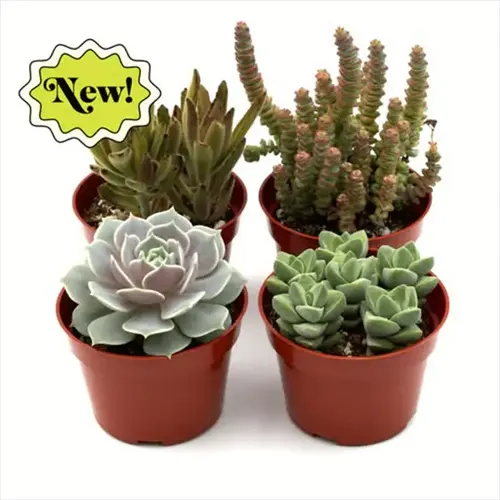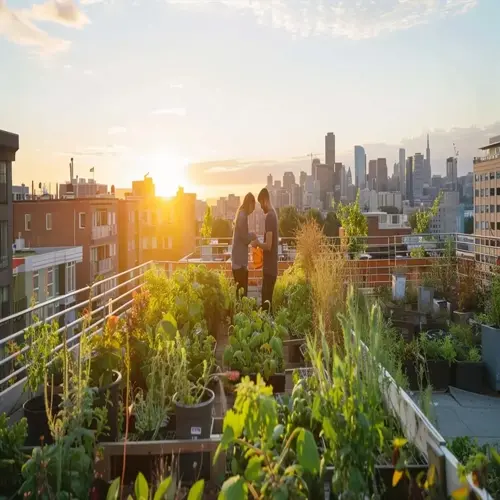Can tomato plants recover from severe blight infections?

Written by
Olivia Mitchell
Reviewed by
Prof. Charles Hartman, Ph.D.Tomato plants with severe blight infections are in a bad way and have little chance of recovery. When more than 30% of the foliage shows damage, recovery is unlikely. At such times, attention should be given to salvaging the crop and protecting any new growth. I have been able to save crops by cutting off all infected materials at once. Use aggressive fungicidal treatments and shade the fruit that is exposed to sunscald.
Shade is crucial following defoliation. Immediately apply 30 percent shade cloth over affected plants. This prevents sunscald on exposed tomatoes while they ripen. Temporary PVC frames are employed, which will not damage the remainder of the root system. Harvest only the fruit without blemishes 7 days after the last application of fungicide.
Nutrient Support
- Apply seaweed extract every 14 days
- Use potassium-rich fertilizer 0-0-50 formula
- Avoid high nitrogen that promotes soft growth
Environmental Protection
- Maintain 65-75°F (18-24°C) with row covers
- Keep humidity below 70% with proper spacing
- Water at soil level using drip irrigation
Monitoring & Adjustment
- Inspect new growth daily for lesions
- Measure soil pH weekly (ideal 6.2-6.8)
- Document recovery progress for future reference
Fruits from salvaged plants are edible, but with precautions. Wash tomatoes with a solution of baking soda to remove any spores on their surface. Salvaged tomatoes should be cooked and not eaten raw. I preserve salvaged fruits by pressure cooking to alleviate any possibility of pathogens remaining. Healthy-looking tomatoes from treated plants have minimal hazard.
Set reasonable expectations for production. With severely damaged plants (due to drought), production is reduced by 40% to 60% less than normal, and fruit size decreases markedly; however, flavor will, in many cases, be concentrated. In my experience, plants typically produce for 3 to 5 weeks after treatment ceases, and then production declines. Try to get a seed from the strongest of the survivors.
Read the full article: Tomato Blight Treatment Guide: Control & Prevention

